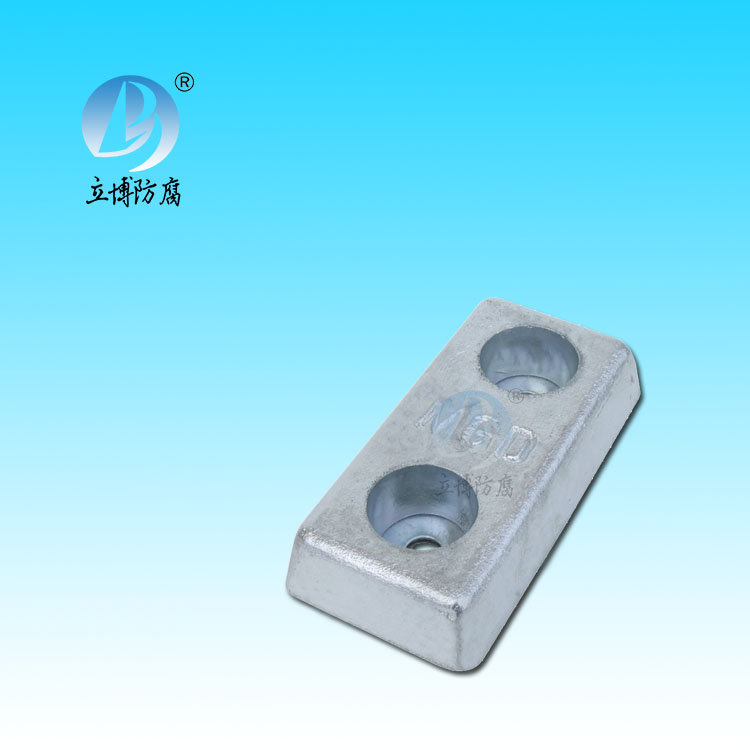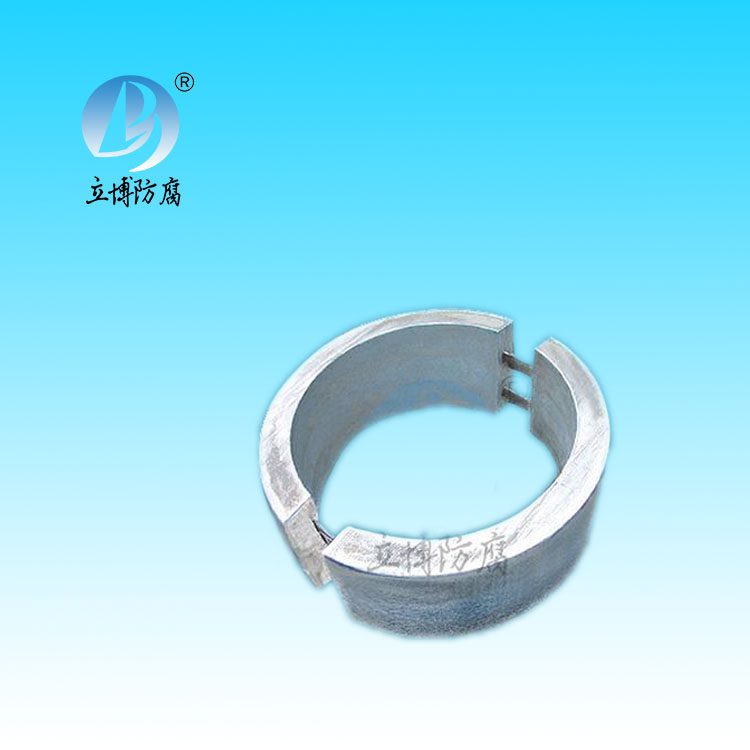News
News
- What is a sacrificial anode
- Basic requirements for reference...
- What does the reference electrode do...
- Why are zinc blocks attached to the ...
- What is the principle of impressed...
- What material does metal structure...
Contact
Phone:18739187123
hotline:0391-7588881
E-mail:970512272@qq.com
Address:Wuzhi County, Jiaozuo City, China
Company News
Microstructure of magnesium anodic atmosphere film
- Author:Libo
- Source:wwww.hellobodies.com
- Date:2021-06-11
- Click:0
Magnesium anodes: A film layer formed on AZ91D magnesium alloy substrate by three different anodic oxidation processes: new process, Dowl7 and HAE. By the microscopic photos of comparison and observation results can be found in the laboratory, Dow17 process while porosity and defects exist in the base film layer, can be attributed to the substrate metal electrochemical uneven or spark discharge current caused by the concentration of local position of the membrane is preferred to grow, the generated membrane layer when the spark discharge of dielectric breakdown, and the precipitation of oxygen and water vapor, etc. The loose structure of the Dow17 film may also be related to the acidity of the anodizing electrolyte used and the high temperature of the solution.
Compared with Dow17, HAE process produced anodic coatings with rough surface and uneven thickness distribution. However, from the number of pores and defects in the film, the film is more dense than the former. Compared with the above two classical processes, the new process not only has a smooth and uniform surface, but also has a uniform size and distribution of micropores and the thickness of the film. More importantly, the number of pores and defects in the film is significantly reduced, so the structure of the film is more dense and complete than the former two. 2.2 Protective performance of anodic oxide film
Tab. 1-3 lists the experimental results of corrosion resistance, wear resistance and adhesion between the film layer and the matrix metal of AZ91D samples treated by different anodic oxidation processes. As can be seen from the salt spray experiment results shown in Tab. 1. Compared with the samples without anodic oxidation, the anodic oxidation can improve the corrosion resistance of the materials in different degrees. Due to the high chemical activity of magnesium and its alloy, it is easy to oxidize in air, and there is a layer of oxide film on the surface composed of Mg(OH)2, Mg0 and/or MgCO3, MgSO [4,51]. The anodic oxidation process is actually the process of anodic oxidation film instead of self-oxide film. Therefore, the improvement of the corrosion resistance of the material shows that there are great differences in the thickness, composition, structure and other aspects of the above two films, which determines the different protective performance of the two substrates.
Compared with the two classical processes, the electrolyte used in the new process does not contain chromium, phosphorus, fluorine and other toxic and harmful components, but it has obvious advantages in improving the comprehensive protection performance of the tomb material. The film obtained by the new process has a strong protective performance, mainly due to its certain thickness and has a more uniform, dense and complete microstructure. Although the structure of Dow17 film is loose, due to its uniform and thick thickness, it can still form a more complete protective layer, effectively preventing corrosive media from penetrating into the film/matrix interface, showing good anti-corrosion performance. However, due to its loose structure, its wear resistance and adhesion with the base metal are poor. HAE membranes fail to provide effective protection against the base metal due to uneven thickness, thin local membranes and a high number of pores and defects in the membranes.
Different anodic oxidation processes have great differences in improving the protective performance of materials. Compared with these process conditions, the main difference between them lies in the difference of anodic oxidation electrolyte, thus it can be seen that the electrolyte plays a decisive role in the anodic oxidation treatment of magnesium and its alloy. Under the same conditions of other process parameters, the different electrolyte components and their concentrations determine the chemical composition of the anodic oxidation film layer, the composition of the microstructure and other aspects of the difference, and ultimately determines the difference in the protective performance.







 客服QQ
客服QQ